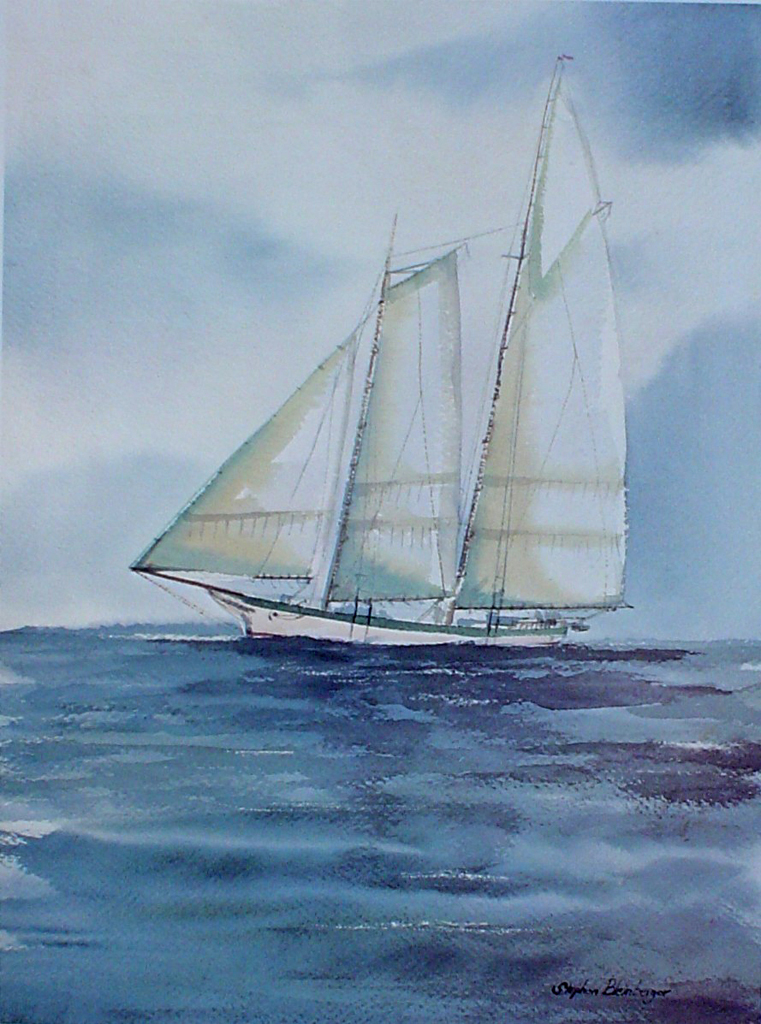

After the image is chemically secured, the printer inks the stone or metal plate by hand and pulls it through the press for each individual impression in the edition. In contrast, handmade lithographs are created by the artist drawing directly on the plate (stone and metal can be used).

The printing for offset lithography is then done all at once, mechanically, on large high speed presses. Printing done by offset lithography uses a photograph of the original that is separated into colors, typically four (red, yellow, blue, and black), and transferred onto separate plates for each. Handmade lithographs are often confused with more commercial and widely prevalent offset lithographs. At left, stone lithograph "Gingerbread Cottage". The images below are an example of a stone lithograph and an oil painting later done over the same image. These prints can be regarded as stand-alone works separate from the edition or they may serve as a foundation for applying color using a variety of media or for developing a different image. Different papers and inks are tested and, inevitably some impressions are considered not suitable to include as part of the edition. An excellent video by the Museum of Modern Art "Pressure + Ink: Lithography Process" illustrates this process.ĭuring the creation of an edition of stone lithographs a certain amount of experimentation takes place. After the image is loaded with printing ink, the stone and paper are run through a press that applies uniform pressure to transfer the ink onto the paper. During printing, the stone is kept continuously wet with water as the image is inked, a process that requires numerous passes with an inking roller.

Once the drawing is complete a series of chemical processes are used to bond the hydrophobic (oil attracting and water repelling), grease based, image to the stone and make it ready to be inked for printing. The image at right shows the finished drawing on the stone for my lithograph Hydrangeas. To create a lithograph the image is drawn on a smooth, level limestone plate using oil-based lithographic drawing materials that, as solids, come in the form of crayons, pencils, or rubbing sticks and, as liquids, come in the form of tusche and autographic ink. Stone lithography, developed around 1798 in Germany, is based on the hydrophobic (water repelling) property of grease. What drew me in was the expressive possibilities inherent in this method that yields a rich full range of tonal values and the ability to reproduce with impressive fidelity all the character and nuances of the original drawing.

I then later continued working in lithography with Master Printer, James Reed. I had long admired the stone lithographs of a number of artists, most notably Grant Wood and M.C Escher, when I finally had the opportunity to learn this printmaking technique at the Lyme Academy College of Fine Arts.


 0 kommentar(er)
0 kommentar(er)
